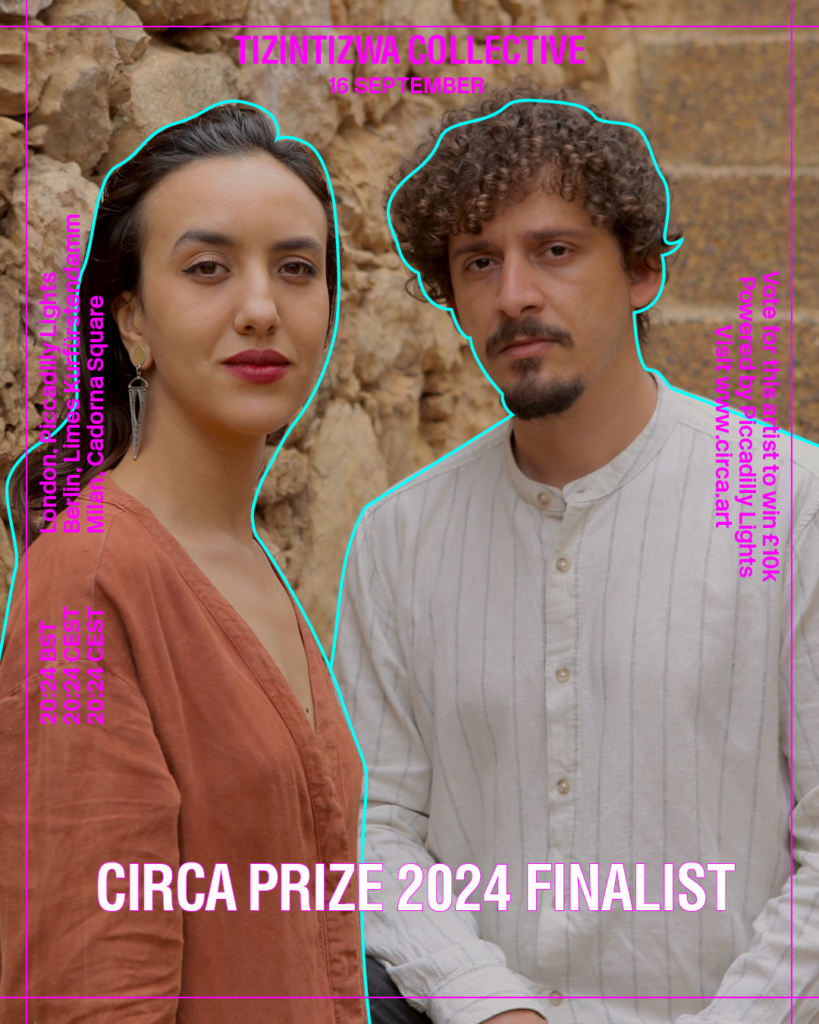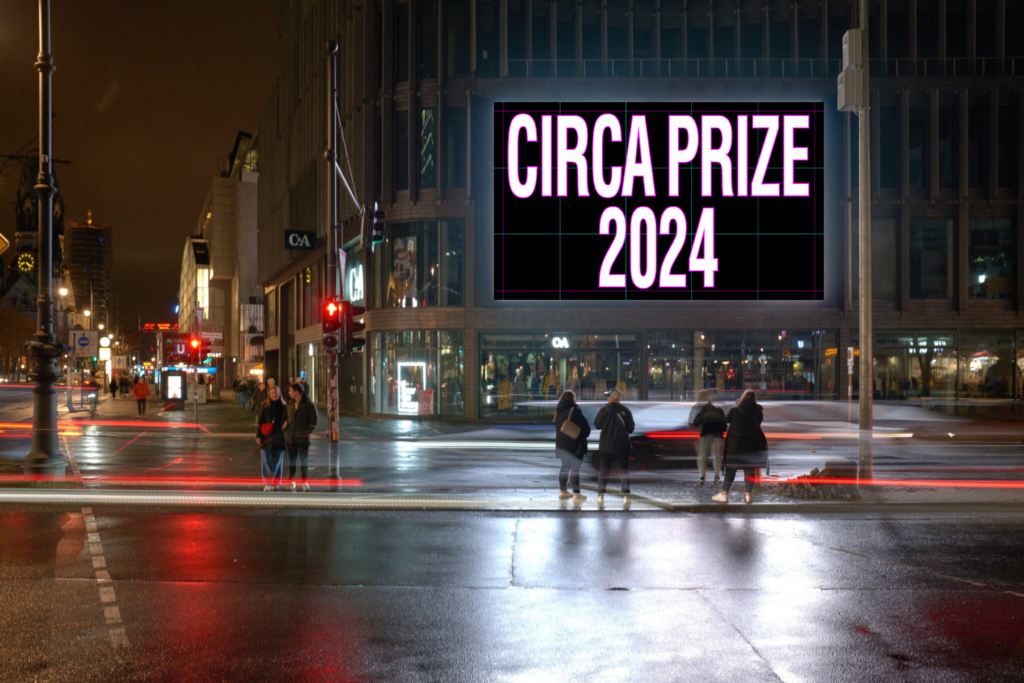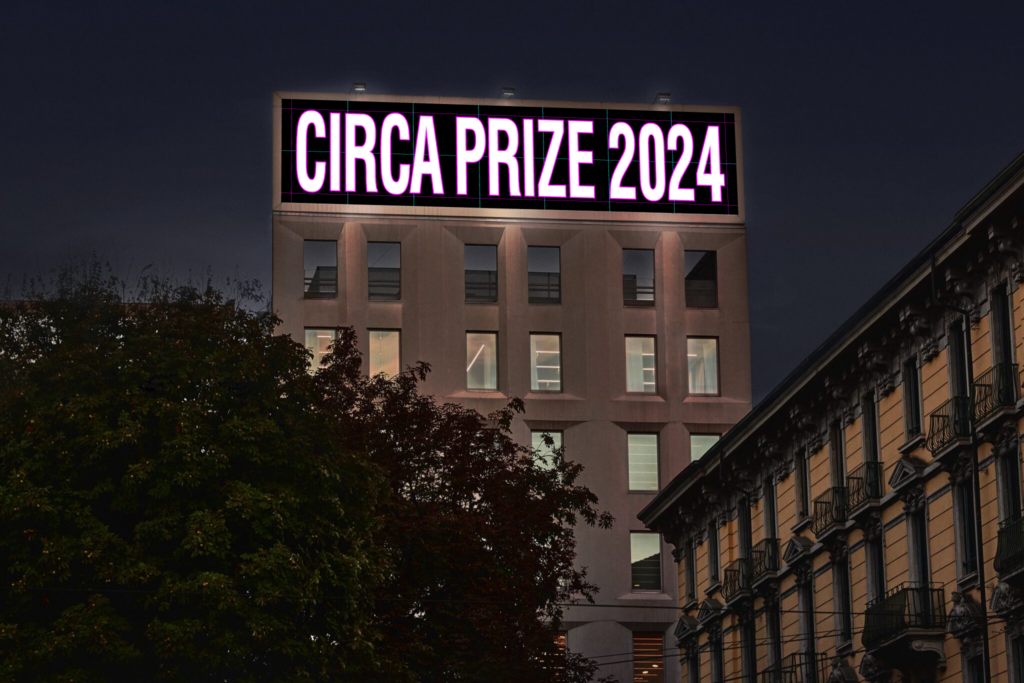TIZINTIZWA COLLECTIVE
16 September, 2024
In North Africa, having a pirate ancestor is a source of family pride. The so-called “Barbary Pirates” are seen as resistance fighters, refugees and victims of the Spanish inquisition who returned to raid the very villages they were expelled from.
But the former 17th century “pirate republics” of Salé or Algiers are today sleepy metropoles where a booming young demographic of working class men who find no jobs. As we say in Darija Arabic, “koulshi ti galleri”— everyone is in the galley, rowing. Yet, even the monotonous tempo of the oars can be subverted.
For many young North Africans, the football stadium is the only remedy for the monotony and, in the anonymity of the crowd, the sole space of political expression and resistance. Aside from adopting the symbolism of pirates, the “ultras” (football fan organisations) played a key role in the Arab Spring. Amidst popular skepticism towards political organisations, the ultras become a galvanising force. In 2011, they secured the bridge to Tahrir square and in the 2019 Algerian Hirak movement, their chants became revolutionary anthems.
Yet, outside of these explosive historical moments, in the day to day status quo of economic inequality and authoritarianism, one of the major themes in their chants is “Hrig”— meaning “to burn” and referring to the symbolic act of burning one’s identity papers during the clandestine Mediterranean crossing. For many youth, taking back a piece of Europe’s wealth is still the only option on the table.
HOW IS YOUR WORK INFLUENCED BY THE CIRCA 2024 MANIFESTO?
The North African idiom, “koulshi ti galeri” evokes a stratified world. There are those above deck and then there are those below—the only ones who feel the excruciating cyclical motions of the oars that keep the galley moving forward. Yet, those who row are also the only ones with the power to either hold the oars firm in the water and bring the galley to a sudden halt, or to hold them loose in the air and allow its momentum to peter out—any point of the cycle can be leveraged for liberation.
Our work thus explores the moments leading up to a revolt and the role work songs and working class music play in instigating liberation within a cyclical order. Yet, liberation is not limited to throwing the captain overboard or demanding the fall of a regime—both risk coming back in another form. For most North African youth, it often implies throwing oneself into the watery void that is the Mediterranean in the hopes of finding a better ship, hopefully one with sails instead of oars.
WHAT WOULD YOU CREATE/DO WITH THE £30K CIRCA PRIZE?
Folk culture and popular history lie at the heart of our work as an art collective with indigenous Amazigh (Berber) roots. Following through on similar themes as “A Song to the Oar,” we hope to delve into the story of the Amazigh peoples who were pushed into the Atlantic by climate change and political turmoil 5000 years ago. Told like a folk legend, we look to relate the Canary Islanders’ North African origins to contemporary migration and the senselessness of borders.
FOLLOW TIZINTIZWA COLLECTIVE/ SOUMEYA AIT AHMED ON INSTAGRAM

SCREEN LOCATIONS
From 1–30 September 2024, each CIRCA PRIZE 2024 finalist will have their work appear consecutively throughout the month at 20:24 BST on London’s iconic Piccadilly Lights, whilst also broadcasting across a global network of screens in Berlin and Milan.

LONDON
Watch the CIRCA PRIZE 2024 every evening from 1 – 30 September at 20:24 BST on London’s iconic Piccadilly Lights screen.

BERLIN
Watch the CIRCA PRIZE 2024 every evening from 1 – 30 September at 20:24 CEST on the Berlin Limes Kurfürstendamm screen.
